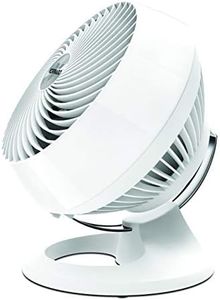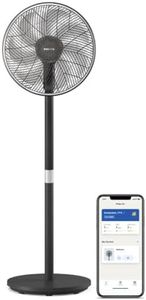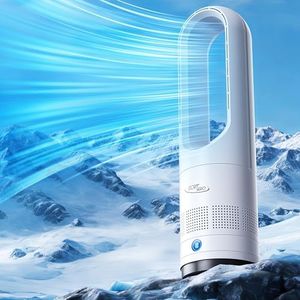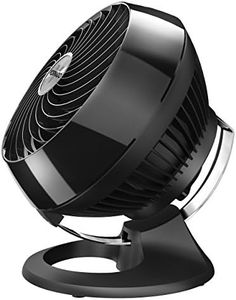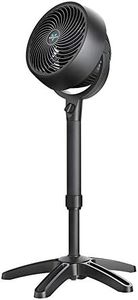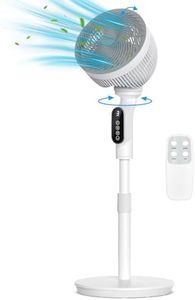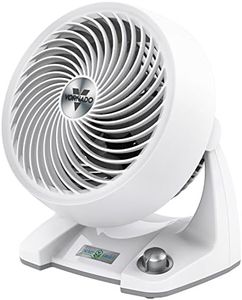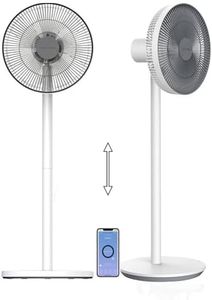We Use CookiesWe use cookies to enhance the security, performance,
functionality and for analytical and promotional activities. By continuing to browse this site you
are agreeing to our privacy policy
10 Best Floor Fans
From leading brands and best sellers available on the web.By clicking on a link to a third party's website, log data is shared with that third party.
Buying Guide for the Best Floor Fans
When choosing a floor fan, it’s important to think about how you’ll use it and where you’ll place it. Floor fans come in different sizes and shapes, and each is designed for specific needs, like cooling a large living room, creating airflow in a bedroom, or replacing stuffy air in a workshop. Start by figuring out the main space you want the fan to cool, how portable you need it to be, and whether you care more about power, quiet operation, or extra features. Considering these goals will help you pay attention to the right details when comparing models.Fan Size (Diameter)Fan size refers to the diameter of the blade area and determines how much air the fan can move. Larger fans (typically between 18 and 30 inches) can push more air and are best for big, open rooms or garages. Medium fans (around 10 to 16 inches) strike a balance between airflow and portability, so these are good for bedrooms or home offices. Smaller fans (under 10 inches) are easier to move or place on shelves, but won’t cool large areas efficiently. Think about your available space and how much air circulation you need to decide on the right fan size.
Airflow (CFM)CFM stands for Cubic Feet per Minute and measures how much air a fan can move. Higher CFM means more airflow and better cooling, which is crucial for hot climates or large rooms. Basic models may offer around 1,000 CFM, which is suitable for small spaces. For living rooms or workshops, look for fans rated above 3,000 CFM for stronger performance. If you just need gentle white noise and light breeze, a lower CFM may be enough.
Speed SettingsSpeed settings let you control how fast the fan blades spin and how much air the fan pushes. Most fans offer at least two or three speed options—low, medium, and high—so you can adjust based on your comfort. Simple models might have just one or two speeds, which is fine if you only want a steady airflow. Look for a fan with more speed choices if you want to switch between gentle airflow and powerful cooling often.
Noise LevelNoise level describes how loud the fan is when running, usually measured in decibels (dB). Quieter fans are best for bedrooms, nurseries, and offices where you don’t want to be disturbed, while louder fans with heavy airflow might be acceptable for workshops or gyms. Standard models might range from 40 dB (relatively quiet) to 70 dB (noticeable but manageable). Think about whether you need silence, just some white noise, or if you don't mind extra sound in exchange for more airflow.
OscillationOscillation is the fan's ability to rotate side-to-side, spreading air over a wider area instead of focusing on one spot. If you want to cool a whole room evenly, choose a fan with an oscillation feature. If you just want to direct air at a specific spot, you can go with a stationary fan. The degree or angle of oscillation varies; the larger the angle, the broader the coverage area.
Adjustability/PortabilityAdjustability means you can tilt or change the height of the fan to better direct airflow. Portability refers to how easy it is to move the fan — lighter fans or those with carry handles are easier to shift from room to room. If you plan to use your fan in different places, look for these features. If your fan will stay in one place, a heavier model with less adjustability might be fine.
Build Quality and SafetyThis covers materials, sturdiness, and safety features like a strong grille to protect fingers from blades or tip-over protection. Metal fans are generally more durable and stable but might be heavier, while plastic ones are lighter but can be less sturdy. For homes with kids or pets, look for safety certifications and closely-spaced grilles.
Extra FeaturesSome floor fans come with additional features such as remote controls, timers, or air filters. Remotes and timers add convenience, while filters can help reduce dust or odors. Decide which features are must-haves based on your habits—if you want to turn the fan off from across the room, a remote is useful; if you have allergies, consider a fan with a filter.

